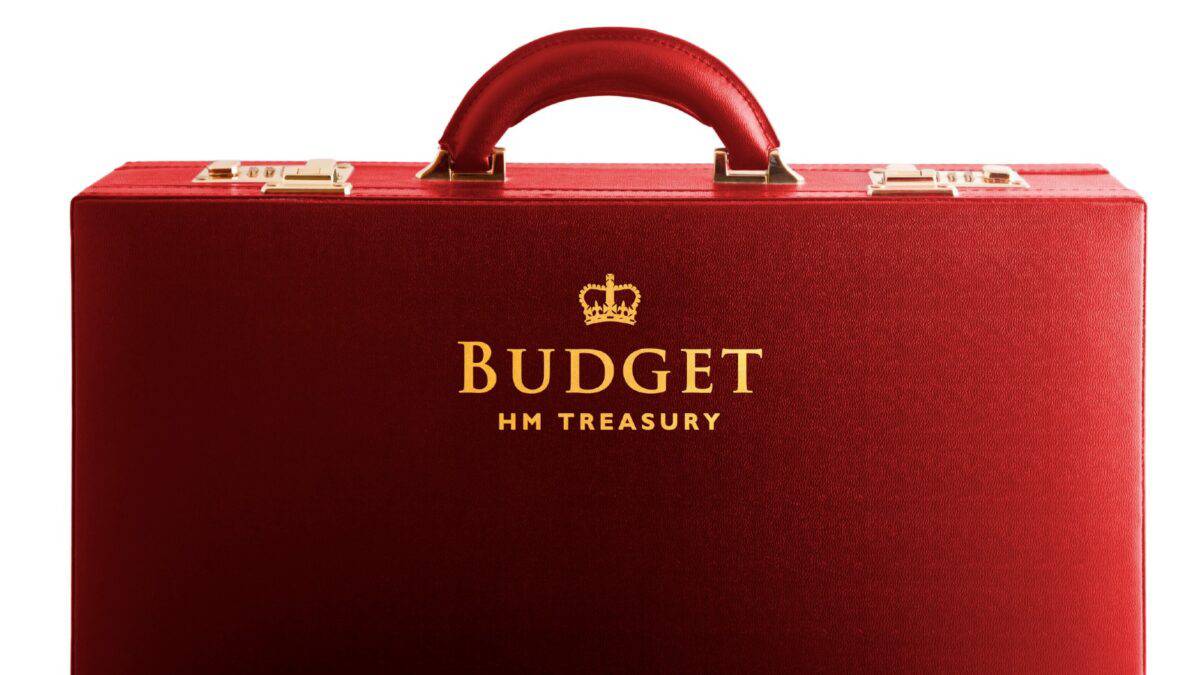After all the volatility over the past year, many dividend shares currently offer impressive yields. As such, income investors have countless opportunities to build a more substantial long-term passive income. And following the recent turmoil in the banking sector, even more high-quality income stocks are trading at discounted prices.
Yet despite all the market pessimism, time may be running out to capitalise on the situation, especially since the Office for Budget Responsibility (OBR) has released bullish forecasts.
Securing high yields
Finance minister Jeremy Hunt revealed the spring budget this month. And during his speech, he announced that the OBR has predicted the UK will no longer enter a recession. To top this off, the forecast also expects inflation to drop to just 2.9% by the end of the year. That’s quite an improvement compared to the current 10.1% level.
Should you invest £1,000 in Lloyds Banking Group right now?
When investing expert Mark Rogers has a stock tip, it can pay to listen. After all, the flagship Motley Fool Share Advisor newsletter he has run for nearly a decade has provided thousands of paying members with top stock recommendations from the UK and US markets. And right now, Mark thinks there are 6 standout stocks that investors should consider buying. Want to see if Lloyds Banking Group made the list?
As encouraging as this news is, it does indicate that income investors are on the clock to find the best dividend shares to buy. But while yields may be high, not all of these seemingly large payouts will be sustainable.
With emotions running high, even top-notch stocks are being sold off in a panic. This creates opportunities for stock pickers. However, simply buying random companies that have fallen from grace isn’t likely to generate positive returns. In fact, deploying this strategy will probably destroy wealth rather than create it.
Instead, the goal is to determine whether the shares have been sold off irrationally, or whether there’s a fundamental flaw. For example, a balance sheet riddled with variable-rate debt could add considerable pressure on profit margins in a higher interest-rate environment. Similarly, cash flows being disrupted by competitors in better shape could compromise dividends.
Investors need to investigate each business to verify that high yields today can be sustained in the future. Or, better yet, explore whether the company can raise dividends in the future.
Don’t panic-buy
As many investors are busy panic-selling, it’s crucial not to fall into the trap of panic-buying. The clock might be ticking, but a rushed analysis fuelled by the fear of missing out is equally bad investing practice. It’s also worth pointing out that investors may have more time than the OBR predicts.
Forecasts always need to be taken with a grain of salt, especially when they come to something as complex as the UK economy. There are also conflicting opinions to consider.
On the one hand, the OBR expects the UK economy to return to pre-pandemic levels by 2024. Conversely, the Bank of England (BoE) is far less optimistic, anticipating it will take until 2026.
So which forecast is correct? That’s anyone’s best guess at the moment. But investors can still capitalise on today’s bargains while hedging against the possibility of a protracted recovery. A strategy as simple as buying dividend shares steadily over time could do the trick.
Instead of investing all their money in one giant lump sum, income investors can capitalise on high yields today while simultaneously retaining capital for the coming months. That way, if the BoE’s more pessimistic view ends up being more accurate, investors can buy more top-notch dividend shares at potentially even better prices.








